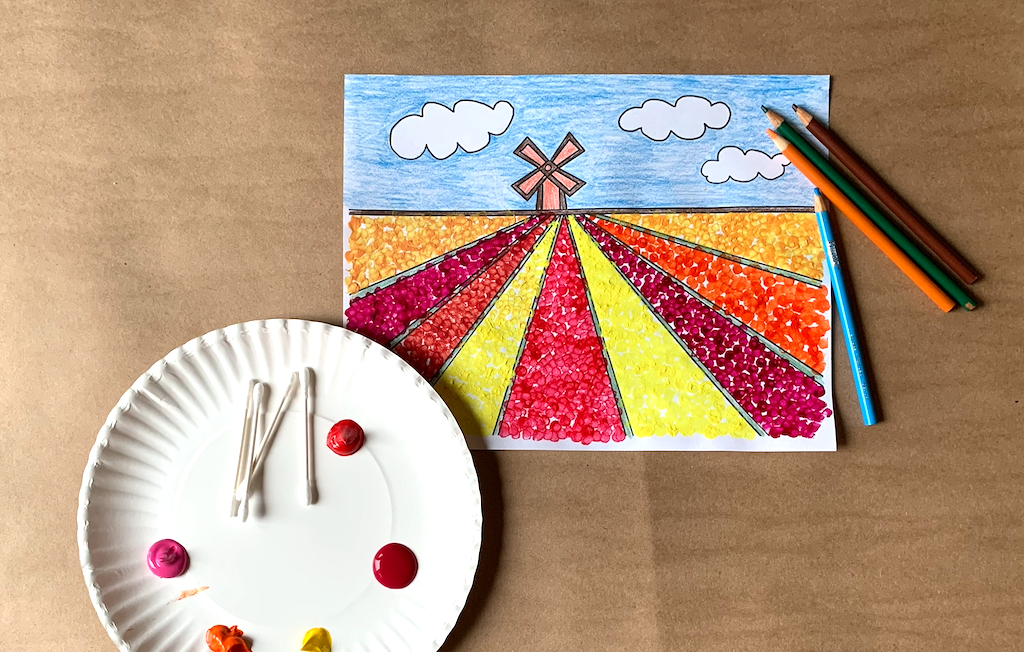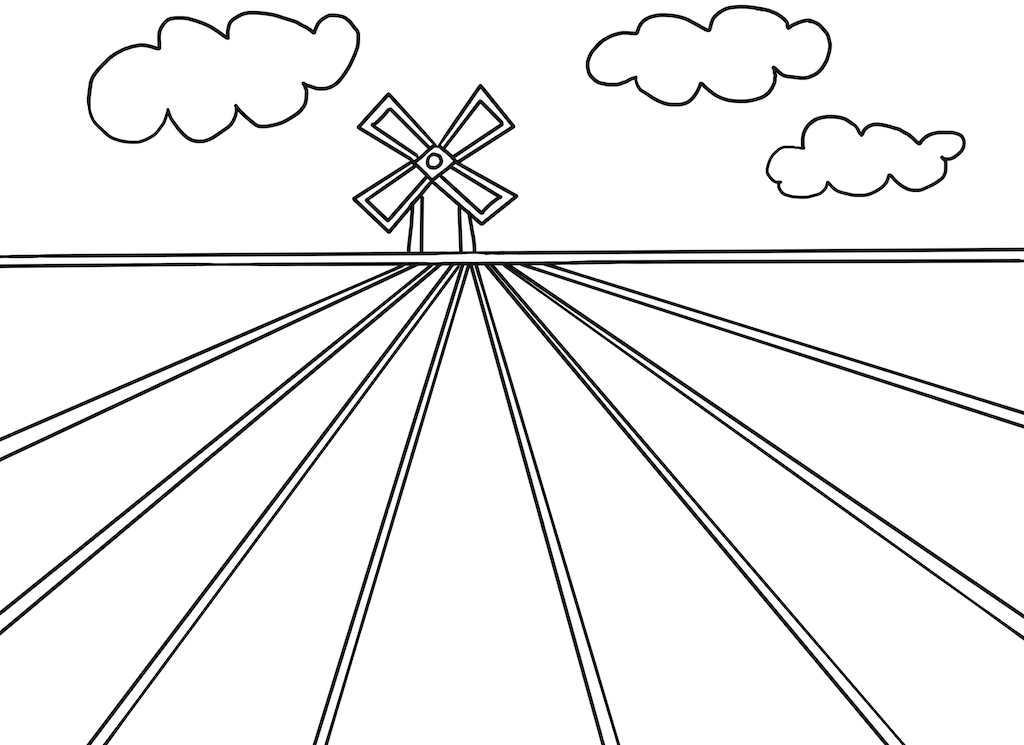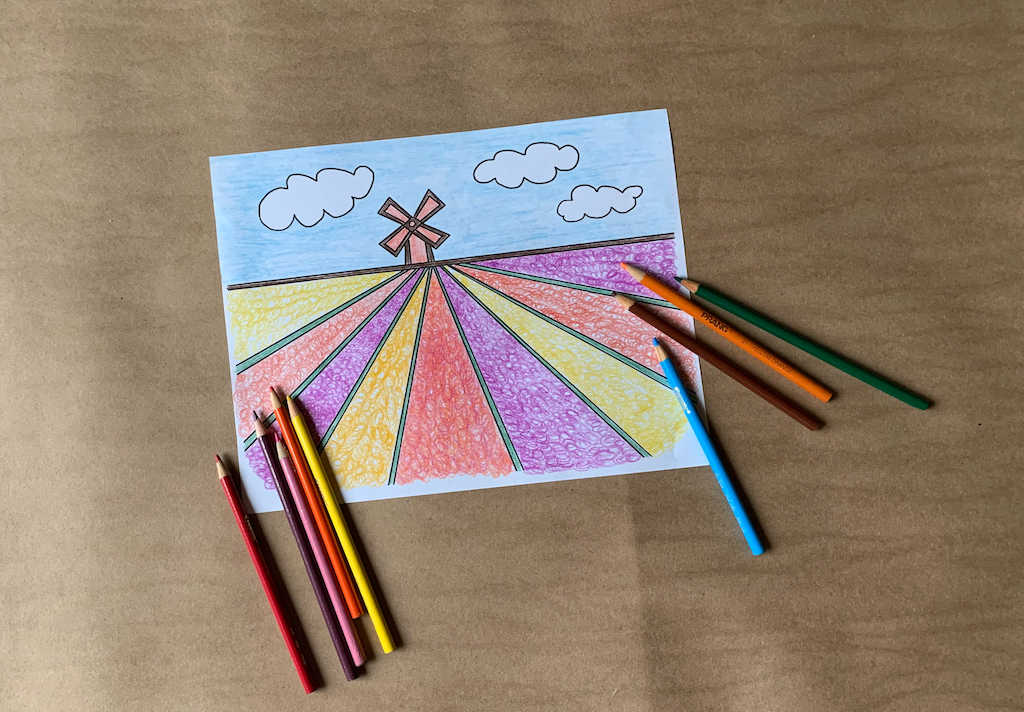Nature’s Paintings
It’s likely most of us have heard of the tulip, one of the world’s most popular spring flowers. This upright, cup-shaped flower grows from a bulb to produce a simple form with a bold color. Bulbs are planted in the fall to produce spring blooms after a cold dormant period. Tulips grow best in maritime areas (areas located 30-50 miles from the coast) with mild winters and summers that are not too hot. Specifically, in order for tulips to fully convert the starch in the bulbs into sugars for energy, the tulips need temperatures of under 50 degrees Fahrenheit for at least 3 months.
Tulips grow in parts of Siberia, Mongolia and China where very cold winters are followed by hot, dry summers. In North America, the biggest tulip fields are found in the Skagit Valley of upstate Washington. However, the Netherlands’ geographical position provides just the right type of soil, as well as mild winters and hot (but not too hot) summers, making it the ideal climate for growing tulips. As a result, Holland is known world-wide for its vibrant, prolific tulips.
{Note: What is the difference between Holland and the Netherlands? Netherlands is a country. Holland is a province within this country}
Find stunning photos of tulips in the Netherlands here: https://www.pinterest.com/passportnation/live-it-a-slice-of-life-in-europe/tulip-fields/
Or a stunning aerial video here: https://www.youtube.com/watch?v=_Yg1Ltp5SSk&feature=emb_logo
TULIP PROJECT:
LEVEL ONE
Materials:
- Template
- Crayons or Colored pencils
Instructions:
- Print Template on paper or cardstock; one per student
- Instruct students to choose color scheme for tulip rows. Students should color narrow rows with green or brown and fill the wide rows with dots or circles to mimic the look of round flowers.
LEVEL TWO
Materials:
- Template
- Card stock or mixed media paper
- Acrylic paint
- Q-tips
- Paper towels, Styrofoam plates, and water cups
- Crayons or colored pencils
Instructions:
- Print out Template on mixed media paper
- Instruct students to color in the windmill and sky of the template with crayons or colored pencils. In addition, color narrow rows green or brown.
- With Q-tip dipped in acrylic paint, fill an entire row with dots using the end of the Q-tip. Continue to dot each row with a differernt color until page is complete.




